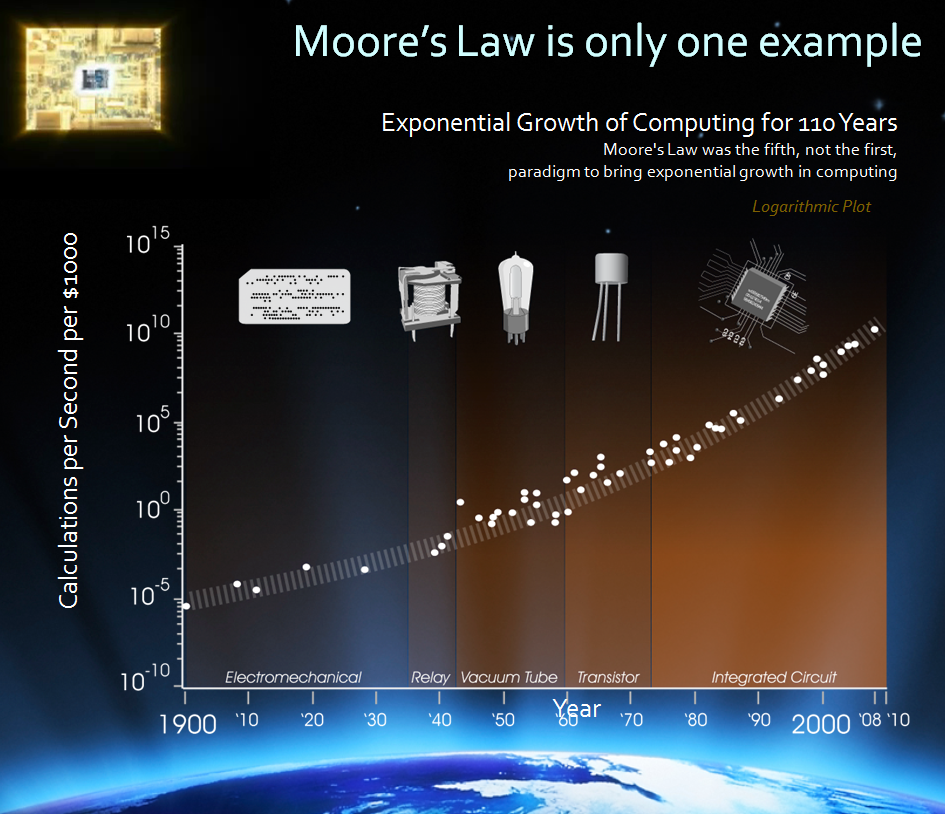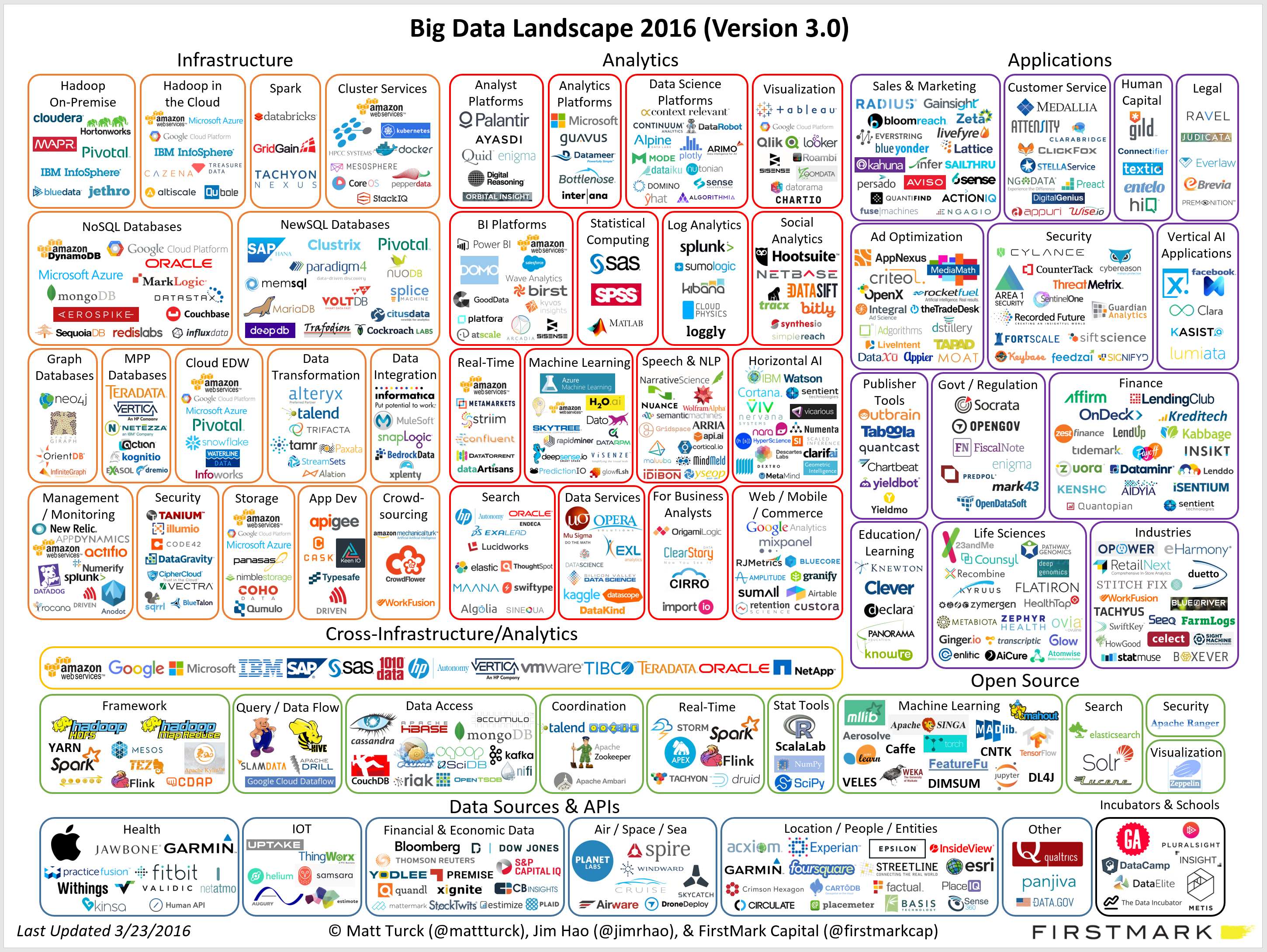In East Indian mythology there are two great epics. One is called Ramayan and other is called Mahabharata. The central story of both these revolves around victory of good over evil. In one story Lord Rama leads his army to defeat Ravana (demon king) in Sri Lanka. While in the second Lord Krishna oversees Pandavas (the good guys) defeat Kauravas (The villains) in the battle of Kurukshektra.
Lead from the front
In Ramayan, Rama is the best warrior of his side. He leads his army from the front, creates strategies and directs a diverse army of monkeys and people to execute his plan to meet the objective of rescuing his wife from the demon king. His people are happy to follow orders and want to get all the appreciation for being the best executors. Rama sets direction and also tells people what to do during difficult times.
Ultimately they won the war and the final outcome was achieved.
Guide from behind
On the other hand Krishna was clear with Arjuna (The good prince), I won’t fight the battle, I won’t pick up any weapon, I would only be there on your chariot as a charioteer. And he did what he said. He never picked up the weapon and he never fought.
Still, Pandavas won the war and the final outcome was achieved.
Two different styles
So, what was different? It was their managerial style and it was also the type of people who were being lead.
Rama was leading an army of primates and ordinary people who were not skilled fighters and they were looking for direction.
While on other hand, Krishna was leading Arjuna who was one of the best archer of his time. While Rama’s role was to show it and lead from the front, Krishna played the role of a coach whose job was to remove cobwebs from his protege’s mind. Krishna couldn’t teach Arjuna archery but he could definitely help him see things from a very different perspective.
Basic differences in two styles:
Rama: A skilled warrior, lead monkeys, was emotional, gave precise roles and instructions, motivated the army to fight for his cause
Krishna: A calm and collected coach, works with the best professionals, provides strategic clarity, allows team members to take the lead, fights for the cause of the team, does not depict his true emotions
What’s your style?
Look at your team and reflect what type of leader you are? One who keeps answering/solving problems for the team or who asks relevant questions from their team so that they can find their own solution.
Are you someone who commands/directs all the time or someone who clarifies doubts and allows their team to find their own ways.
Are you someone who has unskilled people in the team for the given job or you have the brightest experts in their area getting stuck with issues?
A capable team doesn’t want you to micro-manage or show how things are done, they want to know the meaning of their task and how it makes a difference in this world.
They are Arjuna’s who don’t necessarily seek more skill/knowledge but they need someone to clarify the cobwebs in their mind. If you apply Rama’s style on them, you are bound to fail as a manager.
On the other hand if there are people who aren’t skilled enough but rely on your expertise to sail through, then Rama’s style is appropriate.
Who are you?
It is good for you to reflect and think what managerial style will bring the best result for you and your team?
Are you a Rama or Krishna?
The Managing Leader vs the Coaching Leader!
Disclaimer: Received the crux of the idea from a WhatsApp group forward.
Last Updated on August 25, 2022 by SK





